|
All that is known of Dismas is that he is the Good Thief crucified with Christ on Calvary. The other thief is known as Gestas. Dismas enjoyed great popularity in the West during the Middle Ages. The two thieves held up the Holy Family on the way to Egypt. Dismas bought off Gestas with forty drachmas to leave the family unmolested. The infant Jesus predicted that the two thieves would be crucified with Him in Jerusalem and that Dismas would accompany Him to Paradise.
Dismas has spent his life being a thief and running with a bad crowd. He is a sinner when he encounters the Holy Family and when he is crucified alongside Jesus. Grace is acting on him when they encounter the Holy Family because he does not want to harm them. He even goes as far as paying off his partner in crime to advert his hostility towards the poor family. This sinner is not doing what sinners normally do. I wonder if Gestas took the bribe because he was confounded by his associate. God has stepped into his life and changed him. Without a better crowd to run with, Dismas’ seed of faith will be choked by the thorns of the world. Fast forward thirty years, Dismas’ seed of faith blossoms as he is recognizing Jesus’ divinity in His passion. Dismas is professing his assent to faith in Jesus. This was an important profession of faith in the early church. The penitent sinner receives salvation through the crucified Jesus. It is important for us today as well because Jesus’ words to the penitent thief show that the destiny of the Christian is “to be with Jesus.” We all have available to us salvation by faith in Jesus. We all have a common destiny to be with Jesus forever.
1 Comment
[Pastoral Note: The feast of St. Benedict had been celebrated on the date of his death, March 21, for many years, however since 1970 it has been celebrated on July 11. For purposes of having a reflection during Lent of a saint with such a profound spiritual impact, we note St. Benedict here, on his traditional date. But, fear not, he will be observed at Mass on July 11, on his regularly observed feast day.]
St. Benedict was born around 480, the son of a Roman noble of Nursia, along with his twin sister, Scholastica, whose feast we had a few weeks ago. His boyhood was spent in Rome, where he lived with his parents and attended school until he had reached his higher studies. Benedict watched in horror as vice unraveled the lives and ethics of his companions. So, giving over his books, and forsaking his father's house and wealth, with a mind only to serve God, he sought for some place where he might attain the desire of a holy life. He lived in a small village with his nurse. When God called him beyond this quiet life to an even deeper solitude, he went to the mountains of Subiaco. One of the best practices of Christianity is taking an annual retreat. A day or two away from the world can help us to refocus that God is calling us to love Him and our neighbor. This can be at a Benedictine monastery or other retreat house. One day, during his time living in a cave above a lake as a hermit, the Devil presented Benedict's imagination with a beautiful, tempting woman. Benedict resisted by rolling his body into a thorn bush until it was covered in scrapes. It is said through these body wounds, he cured the wounds of his soul. After years of prayer, word of his holiness brought nearby monks to ask for his leadership. He warned them he would be too strict for them, but they insisted -- then tried to poison him when his warning proved true. The story goes, the monks attempted to poison Benedict's drink, but when he prayed a blessing over the cup - it shattered. Benedict’s struggle for virtue and a persistent prayer life helped him develop a closer relationship and trust in God. The next set of followers were more sincere, and he set up twelve monasteries in Subiaco where monks lived in separate communities. He left these monasteries abruptly when the envious attacks of another hermit made it impossible to continue the spiritual leadership he had taken. In Monte Cassino, he founded the monastery that became the roots of the Church's monastic system. Instead of founding small separate communities, he gathered his disciples into one whole community. His own sister, Saint Scholastica, settled nearby to live a religious life. Many people are looking for the freedom that comes with knowing and serving God, but they have not found God yet. We have the good news of salvation and it needs to be shared with the world. No one had ever set up communities like his before or directed them with a rule. Benedict had the holiness and the ability to take this step. His beliefs and instructions on religious life were collected in what is now known as the Rule of Saint Benedict -- still directing religious life after 15 centuries. He died on March 21st, 543, not long after his sister. St Benedict, pray for us. Ss. Perpetua and Felicity were Christian martyrs who lived during the early persecution of the Church in Africa by the Emperor Severus. With details concerning the lives of many early martyrs unclear and often based on legend, we are fortunate to have the actual record of the courage of Perpetua and Felicity from the hand of Perpetua herself, her teacher Saturus, and others who knew them. This account is known as "The Passion of St. Perpetua, St. Felicitas, and their Companions."
In the year 203, Vivia Perpetua, a well-educated noblewoman, made the decision to follow the path of her mother and become a Christian, although she knew it could mean her death during the persecutions ordered by the Emperor Severus. Her surviving brother followed her leadership and became a catechumen as well, meaning he would receive instruction from a catechist and be prepared for Baptism. Perpetua was arrested with four other catechumens, including two slaves, Felicity and Revocatus, and Saturninus and Secundulus. Their instructor in the faith, Saturus, chose to share their punishment and was also imprisoned. Perpetua was baptized before taken to prison. The prison was so crowded with people that the heat was suffocating. There was no light anywhere and Perpetua "had never known such darkness." Perpetua had no trouble admitting she was very afraid, but during all this horror, her most excruciating pain came from being separated from her baby. The young slave, Felicity was even worse off, for Felicity suffered the stifling heat, overcrowding, and rough handling while being eight months pregnant. When she received permission for her baby to stay with her, she recalled, "my prison suddenly became a palace for me." Consider how God loves us so much that he desires us to return to him like Perpetua desired her baby back. Her father came to her, begging her to give in, kissing her hands, and throwing himself at her feet. She told him, "We lie not in our own power but in the power of God." When she and the others were taken to be examined and sentenced, her father followed, pleading with her and the judge. The judge tried to get Perpetua to change her mind, but when she stood fast, she was sentenced with the others to be thrown to the wild beasts in the arena. She desired nothing else than to be called a Christian. During Lent, we die to the things of the world as an act of love for God. Consider what you have taken up for lent and recognize God is working in you for His greater glory. Felicity was also in torment. It was against the law for pregnant women to be executed. To kill a child in the womb was shedding innocent and sacred blood. Felicity was afraid that she would not give birth before the day set for their martyrdom and her companions would go on their journey without her. Two days before the execution, Felicity went into a painful labor. The guards made fun of her, insulting her by saying, "If you think you suffer now, how will stand it when you face the wild beasts?" Felicity answered them calmly, "Now I'm the one who is suffering, but in the arena, another will be in me suffering for me because I will be suffering for him." She gave birth to a healthy girl who was adopted and raised by one of the Christian women of Carthage. The man Felicity is suffering for is Jesus. Our Lenten suffering is oriented towards Jesus and is in preparation to join Him in Easter glory. Felicity is looking on towards heaven, are we looking past our sacrifice towards Easter? The four new Christians and their teacher went to the arena (the fifth, Secundulus, had died in prison) with joy and calm. Perpetua in usual high spirits met the eyes of everyone along the way. We are told she walked with "shining steps as the true wife of Christ, the darling of God." Perpetua called out to her brother and other Christians, "Stand fast in the faith, and love one another. Do not let our sufferings be a stumbling block to you." Perpetua and Felicity stood side by side and were killed by sword at Carthage in the Roman province of Africa. These martyrs are our example for our Lenten sacrifices. Consider this week where you have been succeeding in your Lenten offering to God. Thank God for the grace of success and ask Him for the grace to persevere to the end. Ss. Perpetua and Felicity, Pray for us! Just after we celebrate the feast of the Chair of St. Peter, we celebrate one of the Apostolic Fathers of the faith St. Polycarp of Smyrna. St. Polycarp was converted to the faith by St.. John the Evangelist about 80 A.D. and became bishop of Smyrna around 96 A.D.
From the writings of St. Ignatius of Antioch, we learn that Polycarp was a defender of orthodoxy. Polycarp opposed such heretical groups as the Marcionites and Valentinians. Marcionites and Valentinians rejected the writings of the Old Testament and taught that Christ is the Son of God who is different from the God of the Old Testament. As Catholics, we believe that Jesus is the son of God who is the same God in the Old Testament. The Marcionites and Valentinians made up many Christians at the time. They had strength in numbers. As Christians, we are called to defend our faith in Jesus to those around us. Polycarp is a great example of knowing his faith well enough to respond the vast number of people around him who understood the faith incompletely. St. Polycarp wrote an epistle to the Philippians, exhorting them to remain strong in the faith. For those of you who are history buffs, this letter is of great interest because it demonstrates the existence of New Testament texts: with quotes from Matthew and Luke, the Acts of the Apostles, and the first letters of Peter and John. St. Polycarp died a martyr’s death at the hand of the Romans around 155 A.D. Christians did not burn incense at altars because this was considered a form of idolatry. Romans believed that burning incense to the pagan gods was a way of showing allegiance to the empire. After being captured by the Romans, Polycarp refused to renounce the faith, telling the Roman captain that he had served Christ for eighty-six years. The Romans burned him alive with twelve companions. We may not be called to this red martyrdom in our lives. During this liturgical season of Lent, we are called to die to ourselves so that we can draw closer to Christ. The martyrs are great witnesses of Christ and I hope the example of St.. Polycarp helps you draw closer to Christ. St. Polycarp, pray for us! Between the years 1225 and 1227 seven young Florentines joined the Confraternity of the Blessed Virgin—popularly known as the 'Laudesi' or Praisers. It was a period when the prosperous city of Florence was being rent by political factions and distracted by the heresy of the Cathari: it was also a time of general relaxation of morals even where devotional practices were retained. These young men were members of the most prominent families of the city. Whether they were all friends before they joined the Laudesi is not clear, but in that confraternity, they became closely allied.
The eldest was Buonfiglio Monaldo, who became their leader. The others were Alexis Falconieri, Benedict dell' Antella, Bartholomew Amidei, Ricovero Uguccione, Gerardino Sostegni, and John Buonagiunta. They had as their spiritual director James of Poggibonsi, who was chaplain of the Laudesi, a man of great holiness and spiritual insight. All of them came to realize the call to a life of renunciation, and they determined to have recourse to our Lady in their perplexity. On the feast of the Assumption, as they were absorbed in prayer, they saw her in a vision, and were inspired by her to withdraw from the world into a solitary place and to live for God alone. There were difficulties, because though three of them were celibates, four had been married and had ties, although two had become widowers. Suitable provision for their dependents was arranged, and with the approval of the bishop they withdrew from the world and betook themselves to a house called La Carmarzia, outside the gates of Florence, twenty-three days after they had received their call. Before long they found themselves so much disturbed by constant visitors from Florence that they decided to withdraw to the wild and deserted slopes of Monte Senario, where they built a simple church and hermitage and lived a life of almost incredible austerity. Visitors sometimes found their way to the hermits and many wished to join them, but they refused to accept recruits. They continued to live for several years, until they were visited by their bishop, Ardingo, and Cardinal Castiglione, who had heard about their sanctity. He was greatly edified but made one adverse criticism: 'You treat yourselves in a manner bordering on barbarity: and you seem more desirous of dying to time than of living for eternity. Take heed: the enemy of souls often hides himself under the appearance of an angel of light . . . Hearken to the counsels of your superiors.' The solitaries gave themselves up to prayer for light, and again they had a vision of our Lady, who bore in her hand a black habit while an angel held a scroll inscribed with the title of Servants of Mary. She told them she had chosen them to be her servants, that she wished them to wear the black habit, and to follow the Rule of St. Augustine. From that date, April 13, 1240, they were known as the Servants of Mary, or Servites. They were clothed by the bishop himself, Buonfiglio being elected their superior. According to custom they selected names by which they should thenceforth be known, and became Brothers Bonfilius, Alexis, Amadeus, Hugh, Sostenes, Manettus and Buonagiunta. By the wish of the bishop, all except St. Alexis, who in his humility begged to be excused, prepared to receive holy orders, and in due time they were fully professed and ordained priests. The new order, which took a form more like that of the mendicant friars than that of the monastic orders, increased amazingly, and it soon became necessary to form new houses. Siena, Pistoia, and Arezzo were the first places chosen, and afterwards the houses at Carfaggio, the convent and church of the Santissima Annunziata in Florence, and the convent at Lucca were established. Meanwhile, although the Servites had the approval of their immediate superiors, they had not been recognized by the Holy See. It was only in 1259 that the order was practically recognized by Pope Alexander IV, and not until 1304 over sixty years after its foundation-that it received the explicit and formal approbation of Bd. Benedict XI. St. Bonfilius had remained as prior general until 1256, when he begged to be relieved owing to old age. He died on new year's night, 1261. St. Buonagiunta, the youngest of the seven, was the second prior general, but not long after his election he breathed his last in chapel while the gospel of the Passion was being read. St. Amadeus ruled over the important convent of Carfaggio but returned to Monte Senario to end his days. St. Manettus became fourth prior general and sent missionaries to Asia, but he retired to make way for St. Philip Benizi, upon whose breast he died. St. Sostenes went to Paris and St. Hugh went to found convents in Germany. They were recalled in 1276, but being attacked by illness, they passed away side by side the same night. St. Alexis, the humble lay brother outlived them all, and he was the only one who survived to see the order fully and finally recognized. He is reported to have died at the age one hundred and ten. (excerpted from "Butler's Lives of the Saints" Concise Edition, edited by Michael Walsh, Harper & Row, Publishers, (c) copyright Burns and Oates 1956, 1985.) |
Saints of LentThis is a column to recall and venerate the saints whom celebrate during the Season of Lent in 2021.. ArchivesCategories
All
|
-
Home
-
Religious Education
- Vacation Bible School
- Religious Education Mission Statement
- Religious Education Classes (CCD)
- Religious Education Calendar
- First Communion Prep Schedule
- Primera Comunión Preparación
- Confirmation Prep Schedule
- Catechism of the Catholic Church
- For the Sake of God Children Program
- For Our Catechist
- Catechist Webinars
- Contact our Dir. of Religious Education
- Organizations & Outreach
- Hispanic Ministry
- Links
-
Home
-
Religious Education
- Vacation Bible School
- Religious Education Mission Statement
- Religious Education Classes (CCD)
- Religious Education Calendar
- First Communion Prep Schedule
- Primera Comunión Preparación
- Confirmation Prep Schedule
- Catechism of the Catholic Church
- For the Sake of God Children Program
- For Our Catechist
- Catechist Webinars
- Contact our Dir. of Religious Education
- Organizations & Outreach
- Hispanic Ministry
- Links

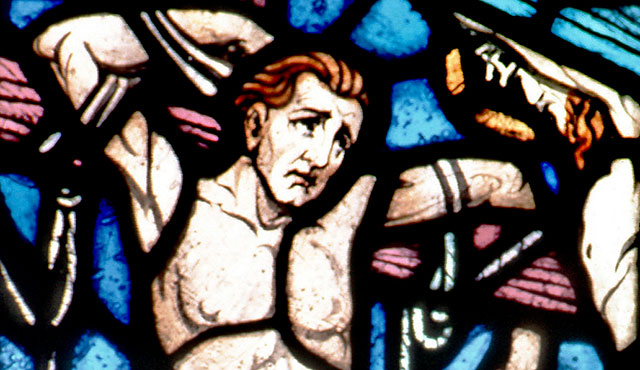
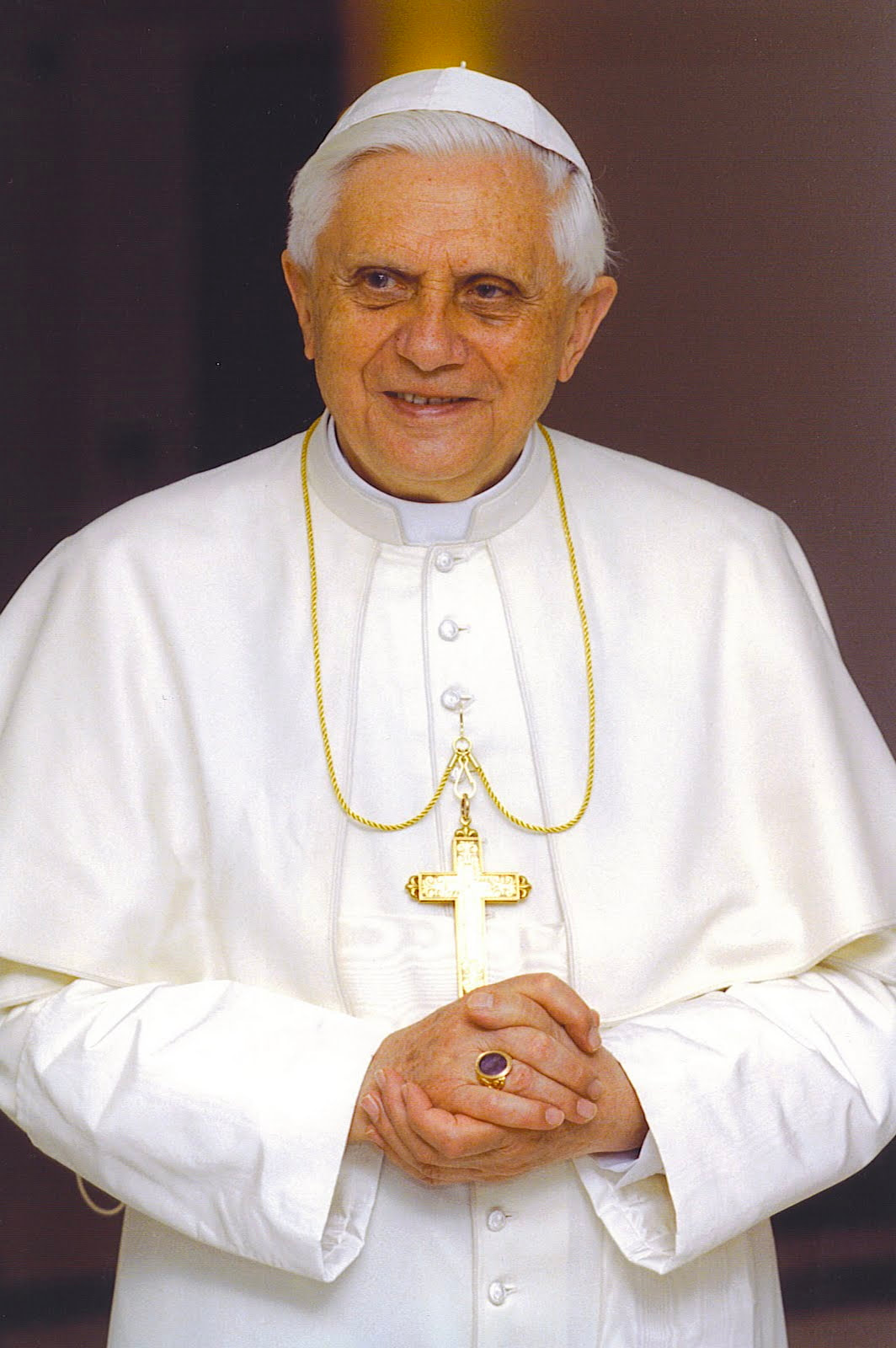
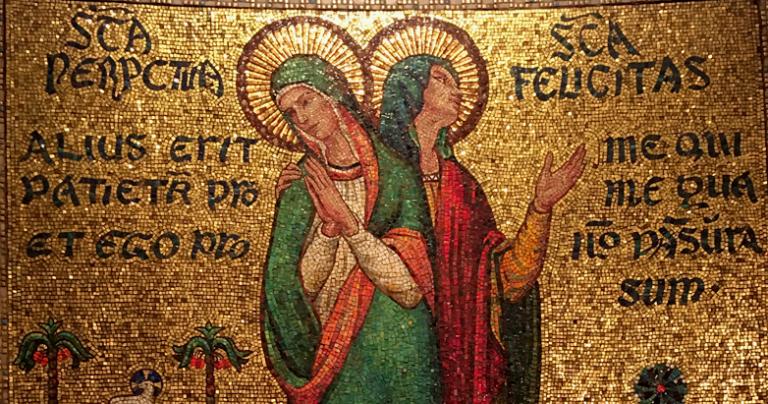
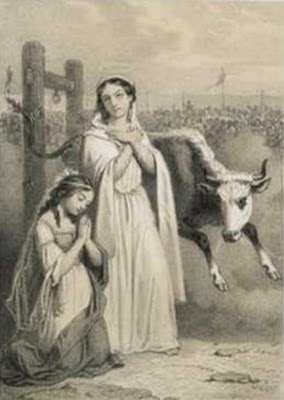
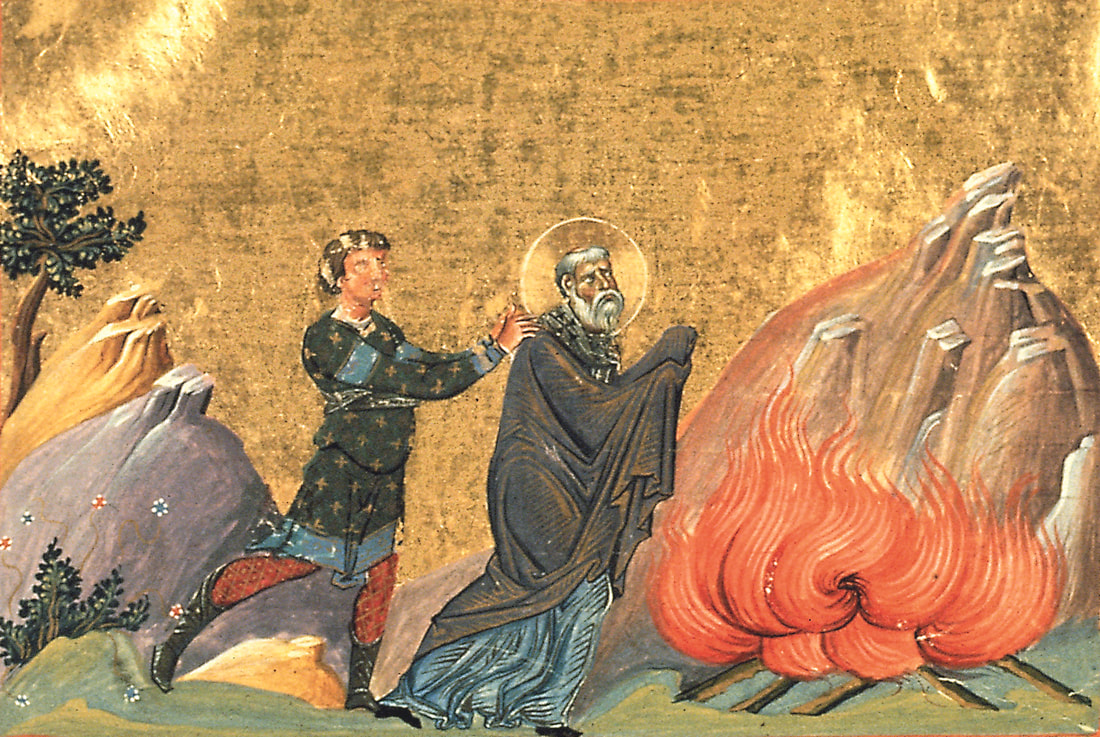
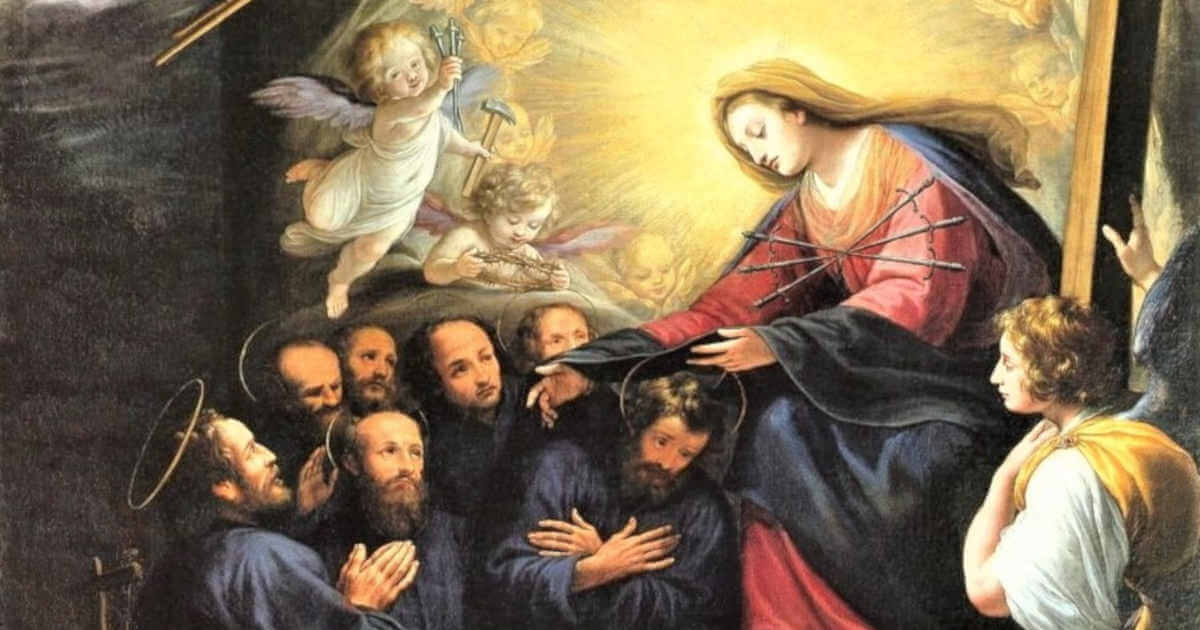
 RSS Feed
RSS Feed